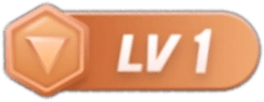最近在自学flutter项目,想不到起步就碰到了一个小麻烦,由于没有接触过dart语法,所以很自然以一个前端的心态去调试写demo 。 在vue和react开发中,我已经习惯了在控制台中打印出对象和数组直接查看数据结构,但是在flutter中需要对数组和对象进行序列化。
什么是序列化?一些复杂的原理之类的可以移步官方文档
如果你想尝试更快的开始调试,请接着往下看。
首先我们可以定义一个数组,数组中是对象
class Post{
String title;
String author;
String imageUrl;
String id;
Post({
this.title,
this.author,
this.imageUrl,
this.id
});
}
final List<Post> posts = [
Post(
id:'1',
title:'clearlove',
author: 'edg',
imageUrl:'https://ss0.bdstatic.com/70cFvHSh_Q1YnxGkpoWK1HF6hhy/it/u=390994561,3187349009&fm=26&gp=0.jpg'
),
Post(
id:'2',
title:'uzi',
author: 'rng',
imageUrl:'https://ss3.bdstatic.com/70cFv8Sh_Q1YnxGkpoWK1HF6hhy/it/u=2139334008,3056679607&fm=26&gp=0.jpg'
),
];
复制代码如果我们不序列化,在vscode编辑器的调试控制台中是这样的

我们无法去看其中的数据结构 , 所以便于前端的开发工作,需要区序列化
class Post{
var title;
var author;
var imageUrl;
var id;
Post({
this.title,
this.author,
this.imageUrl,
this.id
});
Post.fromJSON(Map<String, dynamic> json){
title = json['title']?.toString();
author = json['author']?.toString();
imageUrl = json['imageUrl']?.toString();
id = json['id']?.toString();
}
Map<String,dynamic>toJson(){
final Map<String,dynamic> data = <String,dynamic>{};
data['title'] = title;
data['author'] = author;
data['imageUrl'] = imageUrl;
data['id'] = id;
return data;
}
}
final List<Post> posts = [
Post(
id:'1',
title:'clearlove',
author: 'edg',
imageUrl:'https://ss0.bdstatic.com/70cFvHSh_Q1YnxGkpoWK1HF6hhy/it/u=390994561,3187349009&fm=26&gp=0.jpg'
),
Post(
id:'2',
title:'uzi',
author: 'rng',
imageUrl:'https://ss3.bdstatic.com/70cFv8Sh_Q1YnxGkpoWK1HF6hhy/it/u=2139334008,3056679607&fm=26&gp=0.jpg'
),
];
复制代码我们序列化之后再去print(posts()),结果似乎没有什么变化,因为我们还差最后一步
打印数组和对象的时候我们需要
print(jsonEncode(posts)),用jsonEncode方法
再来看看效果

但是在日常开发中,数据肯定不会如此的简单,自然我们不会手动的去序列化,那么我们可以依赖工具。
首先添加依赖
json_annotation: ^3.0.0
build_runner: ^1.4.0
json_serializable: ^3.2.3
复制代码然后对原来的文件进行导入包,进行序列化
import 'package:json_annotation/json_annotation.dart';
import 'dart:core';
part 'post.g.dart';
@JsonSerializable()
class Post{
var title;
var author;
var imageUrl;
var id;
Post({
this.title,
this.author,
this.imageUrl,
this.id
});
//反序列化
factory Post.fromJson(Map<String, dynamic> json) => _$PostFromJson(json);
//序列化
Map<String, dynamic> toJson() => _$PostToJson(this);
}
final List<Post> posts = [
Post(
id:'1',
title:'clearlove',
author: 'edg',
imageUrl:'https://ss0.bdstatic.com/70cFvHSh_Q1YnxGkpoWK1HF6hhy/it/u=390994561,3187349009&fm=26&gp=0.jpg'
),
Post(
id:'2',
title:'uzi',
author: 'rng',
imageUrl:'https://ss3.bdstatic.com/70cFv8Sh_Q1YnxGkpoWK1HF6hhy/it/u=2139334008,3056679607&fm=26&gp=0.jpg'
),
];
复制代码这个时候代码是报错的,可以看出多了一个新的文件 part ‘post.g.dart’;
你需要在文件目录下终端中运行flutter packages pub run build_runner build
生成的文件中是什么东西呢
// GENERATED CODE - DO NOT MODIFY BY HAND
part of 'post.dart';
// **************************************************************************
// JsonSerializableGenerator
// **************************************************************************
Post _$PostFromJson(Map<String, dynamic> json) {
return Post(
title: json['title'],
author: json['author'],
imageUrl: json['imageUrl'],
id: json['id'],
);
}
Map<String, dynamic> _$PostToJson(Post instance) => <String, dynamic>{
'title': instance.title,
'author': instance.author,
'imageUrl': instance.imageUrl,
'id': instance.id,
};
复制代码实际上和我们上面手动写的序列化是一样的,现在就可以愉快去调试了
© 版权声明
文章版权归作者所有,未经允许请勿转载。
THE END






















![[桜井宁宁]COS和泉纱雾超可爱写真福利集-一一网](https://www.proyy.com/skycj/data/images/2020-12-13/4d3cf227a85d7e79f5d6b4efb6bde3e8.jpg)

![[桜井宁宁] 爆乳奶牛少女cos写真-一一网](https://www.proyy.com/skycj/data/images/2020-12-13/d40483e126fcf567894e89c65eaca655.jpg)